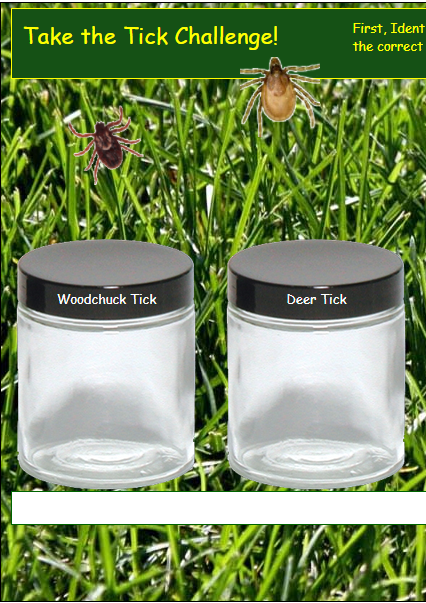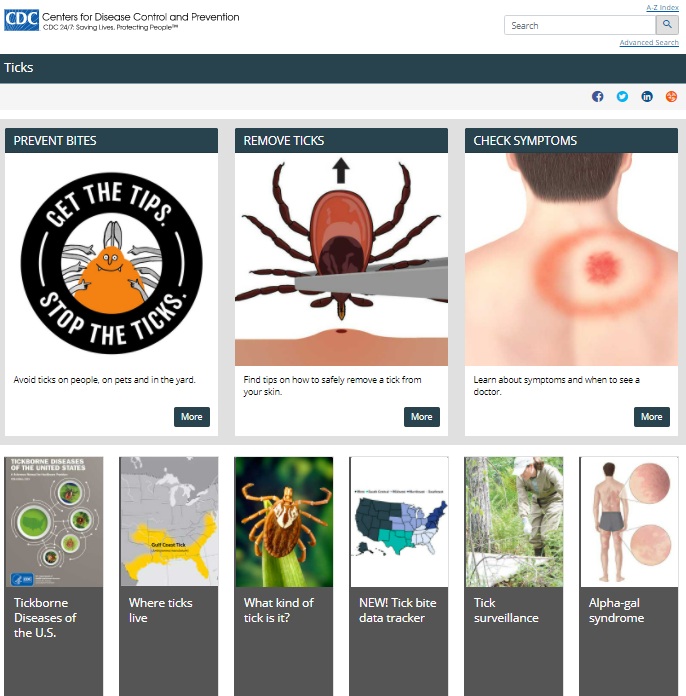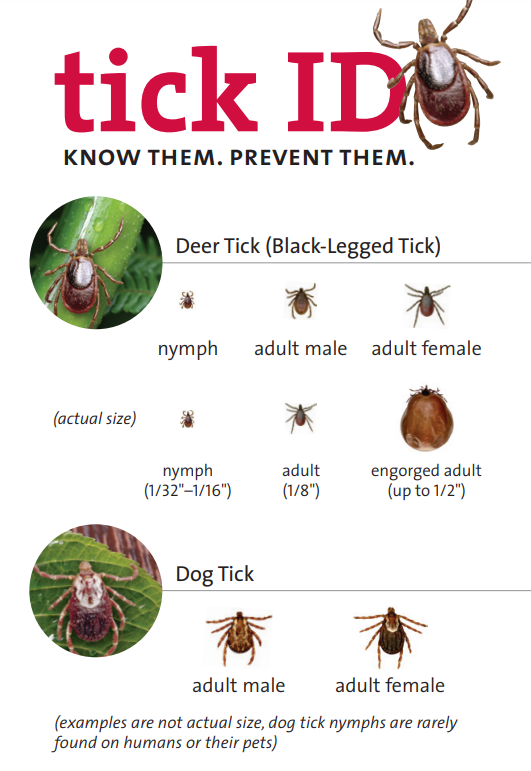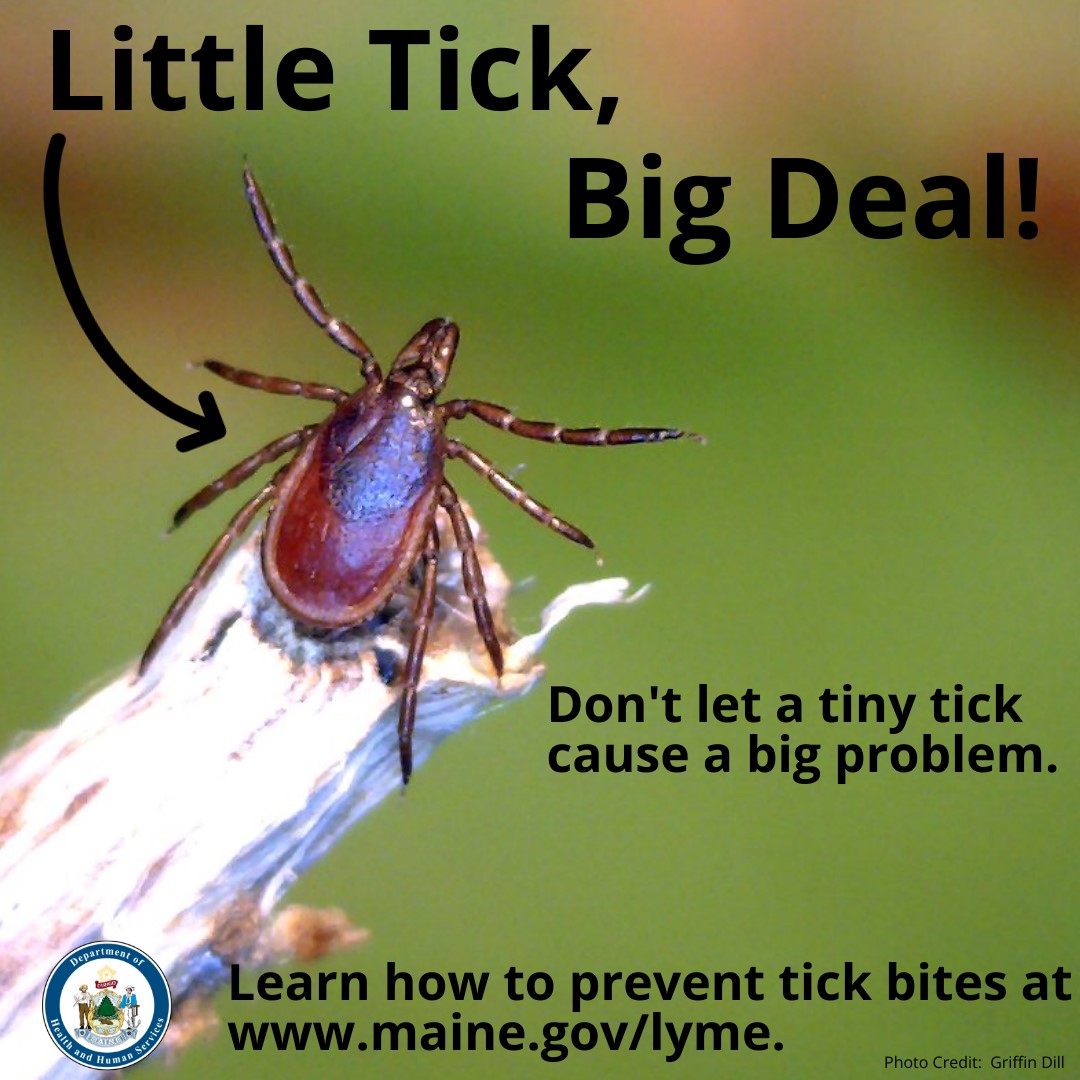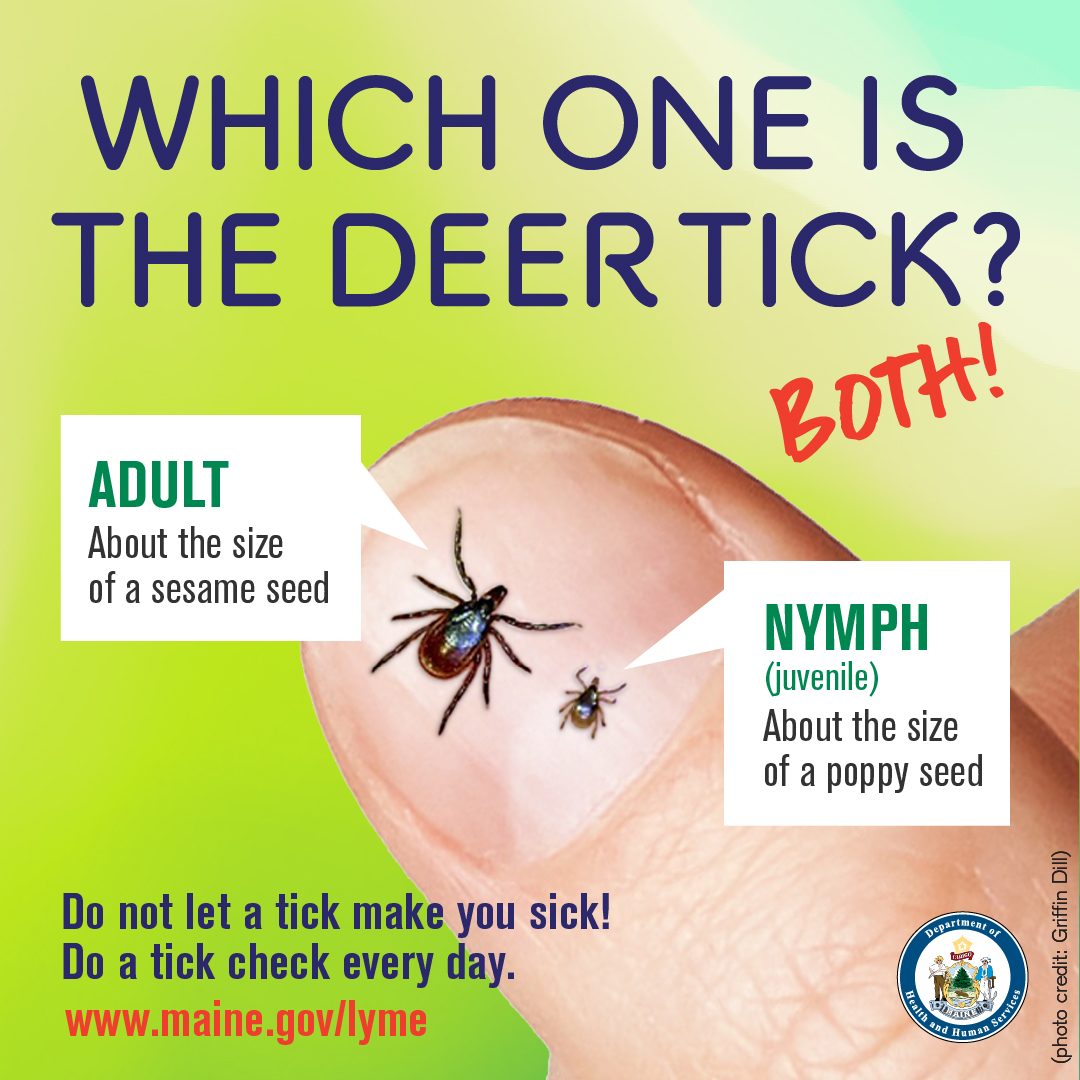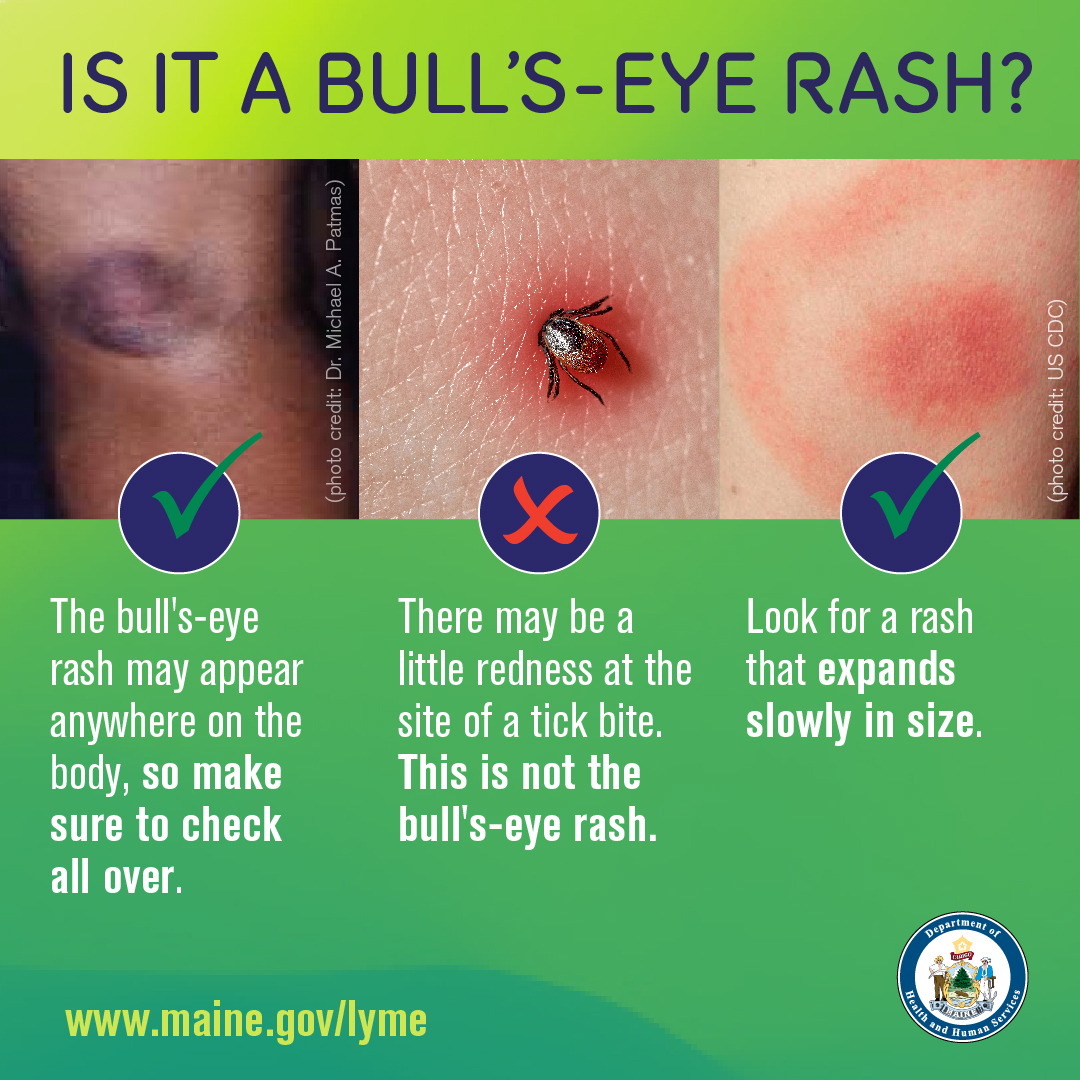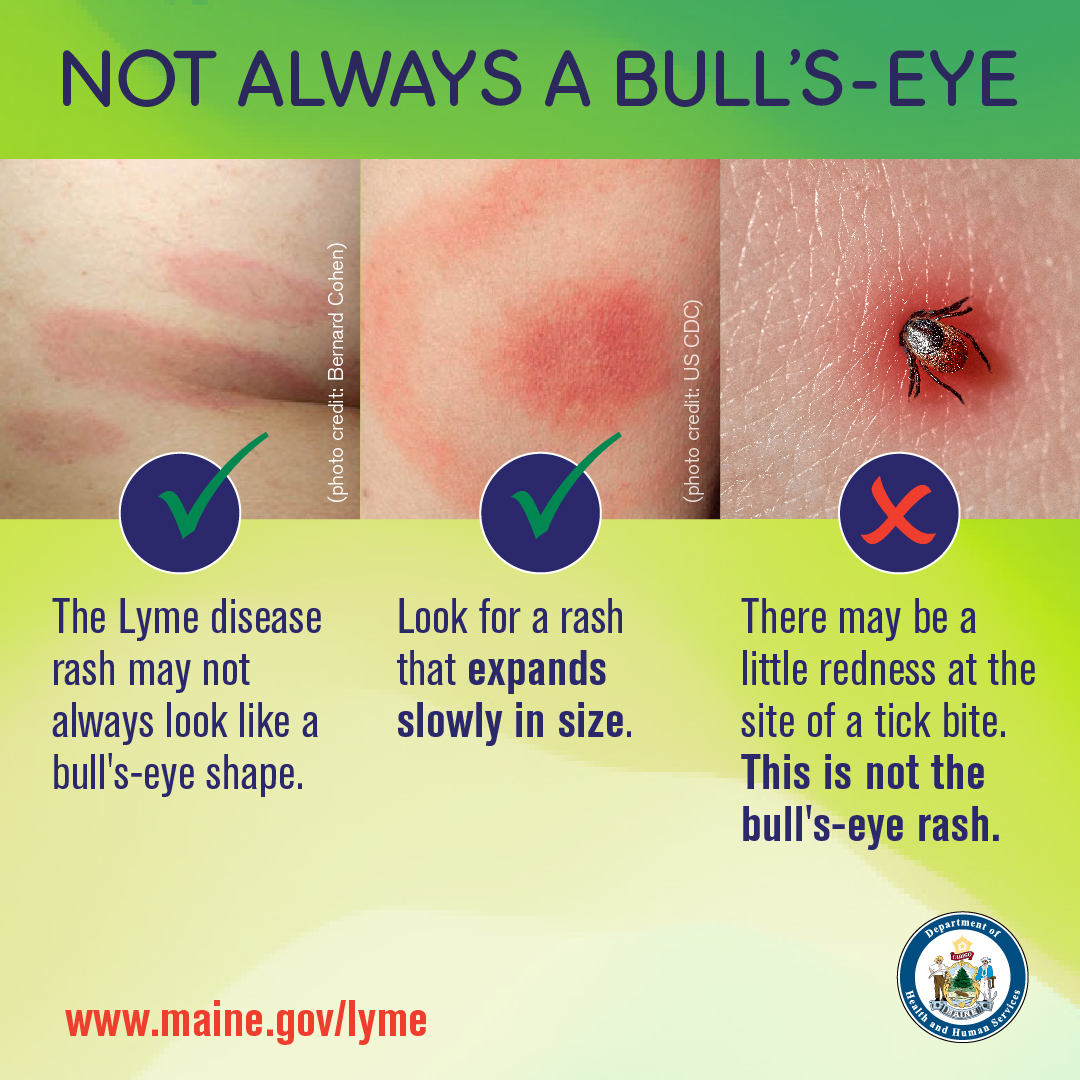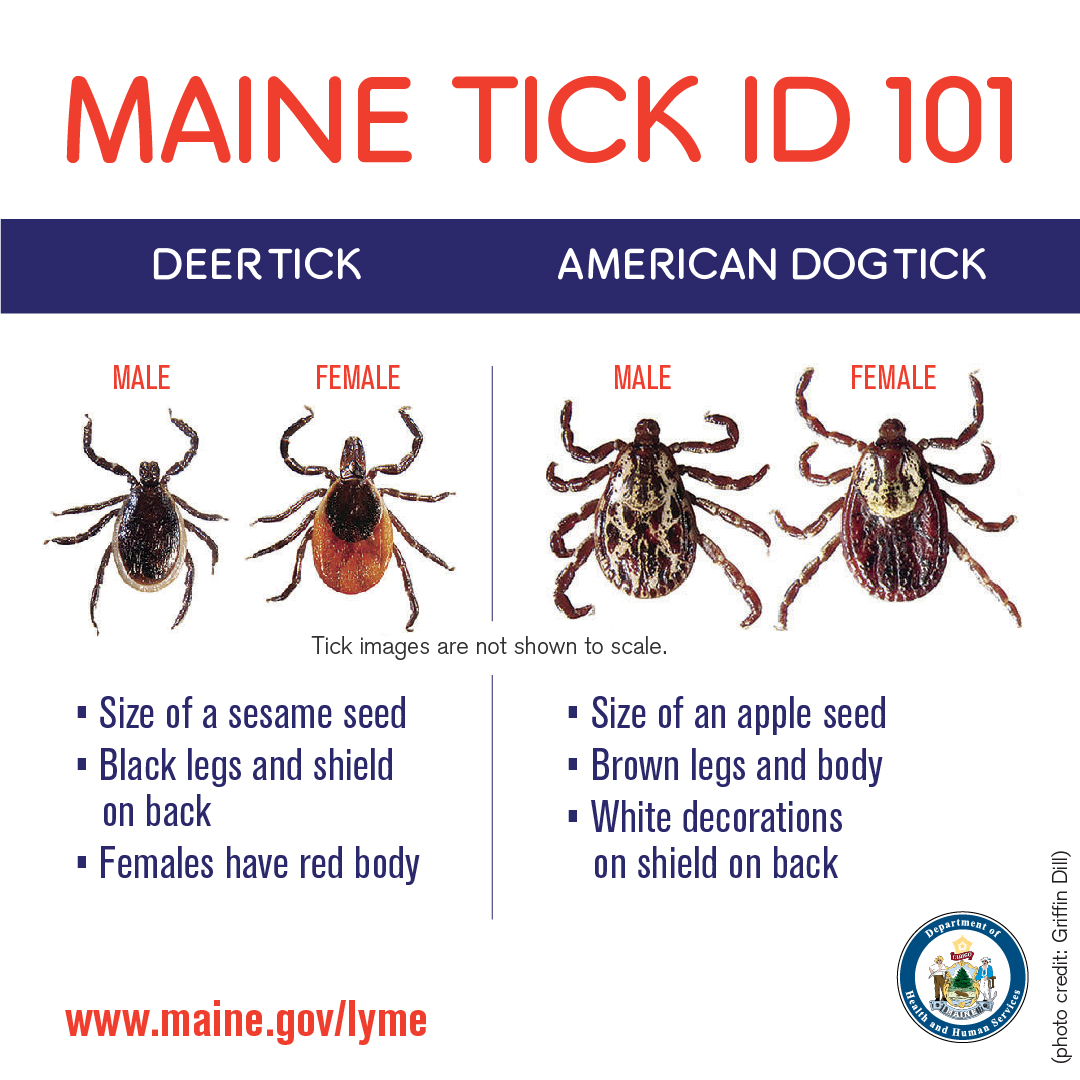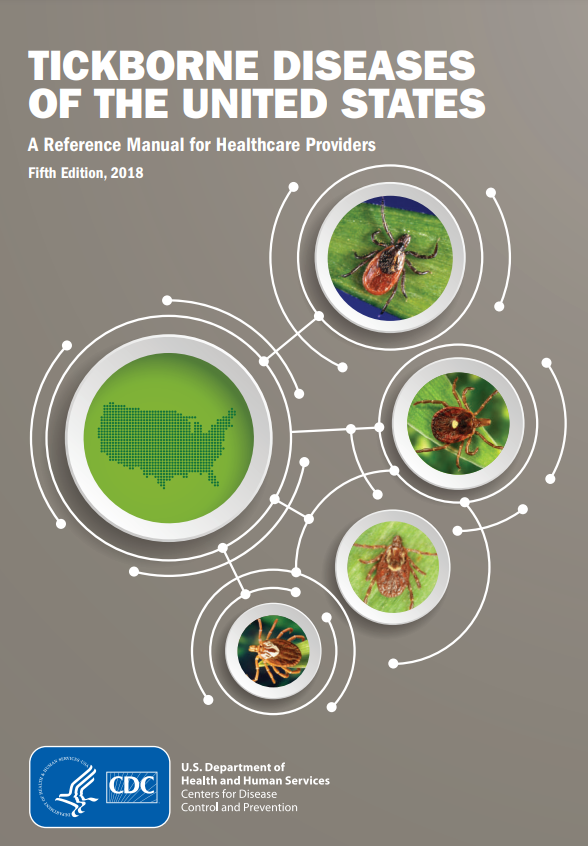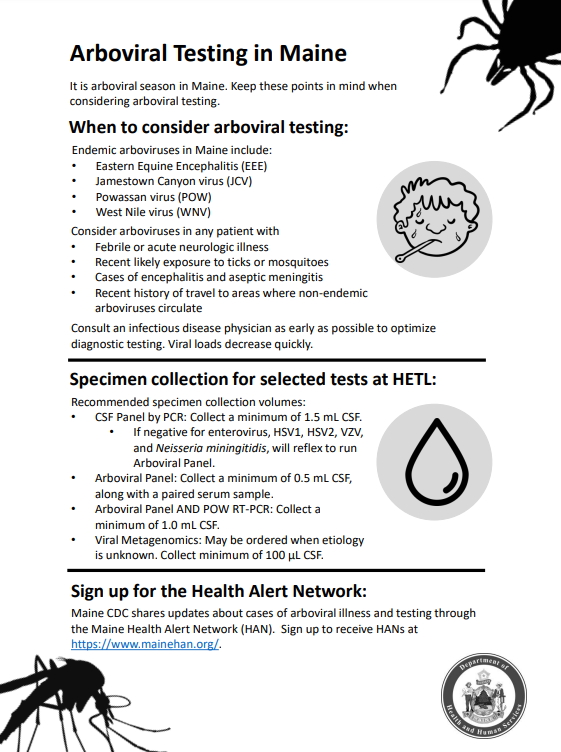DHHS → MeCDC → Disease Surveillance → Epidemiology → Vectorborne Diseases
Vectors and Vectorborne Diseases
Quick Links to Vectorborne Disease Information
Vectorborne Disease Resources
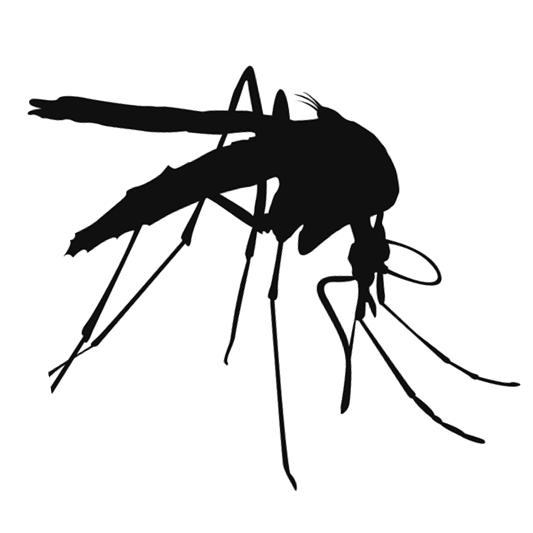
Mosquito Resources

Tick Resources

Social Media Toolkits

Resources for Healthcare Providers

Resources for Educators
Data
Arboviral Surveillance
Mosquito, animal, and human specimens get tested for Eastern Equine Encephalitis (EEE) and West Nile virus (WNV) in Maine. The results are published in weekly Arboviral Surveillance Reports from July to September each year. This data helps Maine CDC to understand where in Maine mosquitoes might be infected with these diseases and guide mosquito control efforts to prevent humans and companion animals from getting sick.
Maine Tracking Network
The Maine Tracking Network publishes data dashboards for a variety of health and environmental concerns in Maine. The Tickborne Disease dashboard includes real-time and annual counts of Lyme disease, anaplasmosis, and babesiosis cases in Maine. The dashboard features tables, maps, and charts of case counts, rates, and emergency room visits in Maine.
Tick Submissions
The University of Maine Cooperative Extension's Tick Lab collects, identifies, and tests ticks submitted by Maine residents. They publish interactive data tables and reports to share infection rates by town, maps of tick submissions, and tick species activity throughout the state.
Vectorborne and Other Infectious Disease Reports
Maine CDC publishes Infectious Disease Epidemiology Reports with graphs, case counts, surveillance reports, and annual reports for reportable infectious diseases, including vectorborne diseases.
United States Tickborne Disease Data
US CDC collects and publishes data on tickborne diseases in the United States.
- Find the most recent Tickborne Disease Surveillance Data Summary.
- Find information on tick bites around the country by region, week/month, and age sex on the Tick Bite Data Tracker.
- Find information on tick surveillance in the United States.
Mosquitoes
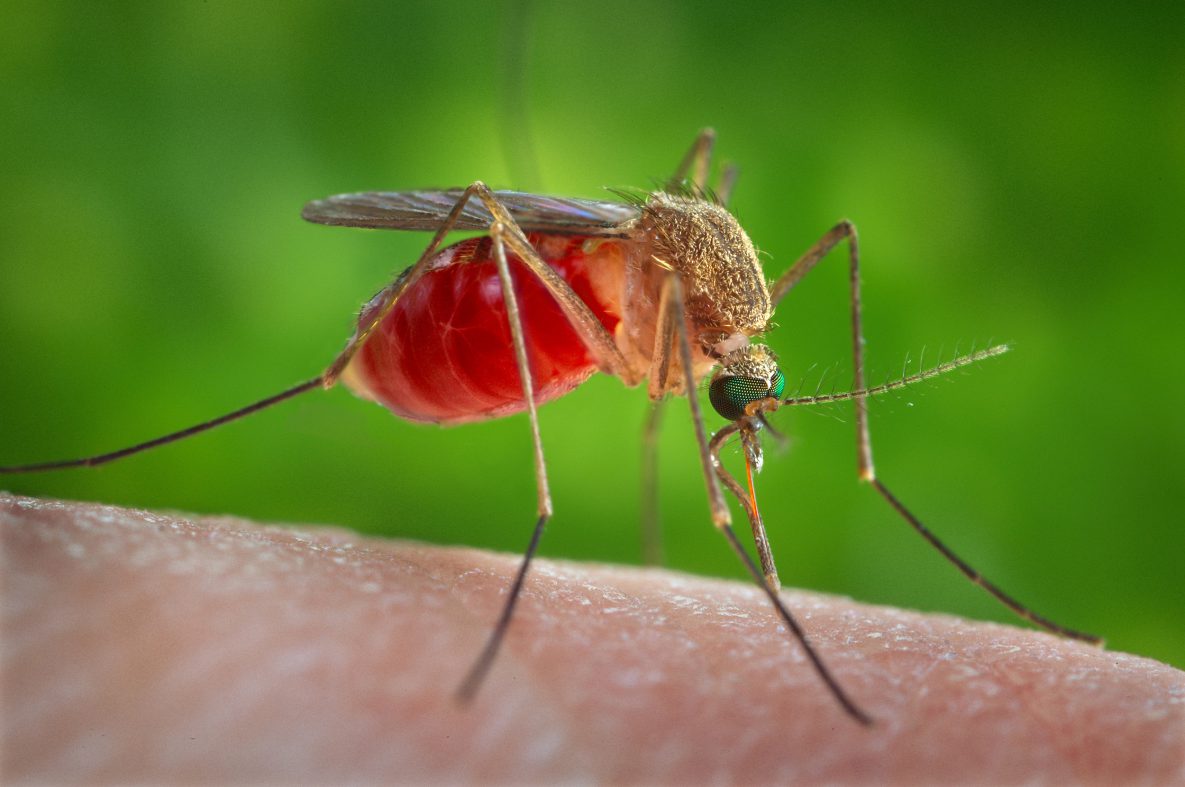
About 45 different species of mosquitoes live in Maine. About half of these mosquitoes can carry the germs that cause illness in humans, but not all bite people. Mosquitoes in Maine can carry viruses that can cause several illnesses. These include:
Other Mosquito-Borne Diseases
Photo credit: US CDC
Maine CDC Arboviral Town Hall Meeting Recording - June 6, 2024
Download presentation slides (PDF).
Ticks
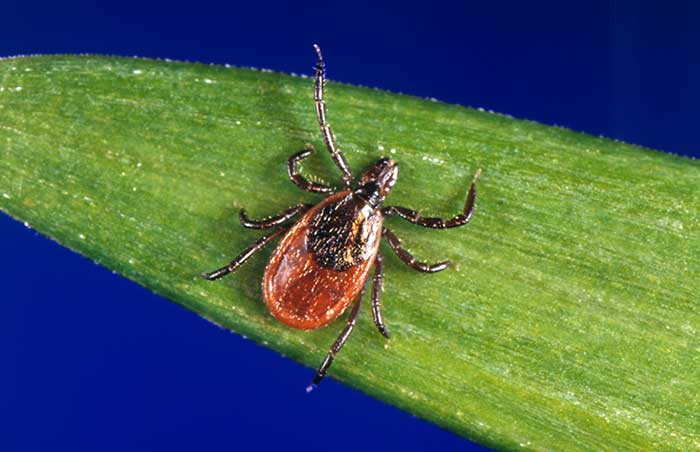
About 14 different tick species live in Maine, but not all of these ticks bite people. The two most common species of tick seen in Maine are the deer tick (Ixodes scapularis) and the American dog tick (Dermacentor variabilis). In Maine, deer ticks can carry germs that cause several illnesses. These include:
- Anaplasmosis
- Babesiosis
- Hard Tick Relapsing Fever (Borrelia miyamotoi)
- Lyme Disease
- Powassan Encephalitis
In other parts of the United States, American dog ticks are able to spread the germs that cause Rocky Mountain spotted fever and tularemia. These ticks are not known to spread these germs in Maine.
Other Tickborne Diseases
Photo credit: US CDC
Browntail Moths
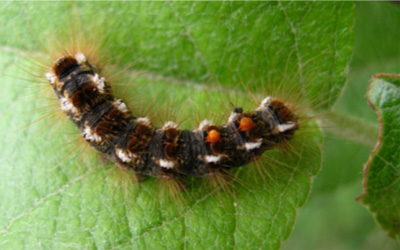
The browntail moth is an invasive species found only in Maine and Cape Cod. The browntail moth caterpillar has tiny poisonous hairs that cover its body. These hairs cause a rash similar to poison ivy on sensitive individuals. The hairs can also become airborne, especially during many yard work activities. If inhaled, these hairs can cause breathing problems in some people. Caterpillars are active from April to late June. The hairs can remain toxic in the environment for years.
Learn more about browntail moths:
- Browntail Moth Information and Public Health Nuisance Declaration
- Maine Forest Service Browntail Moth Information
- Browntail Moth Frequently Asked Questions
- Browntail Moth Brochure (PDF)
- Browntail Moth Fact Sheet (PDF)
Photo credit: Maine Forest Service
Repellents
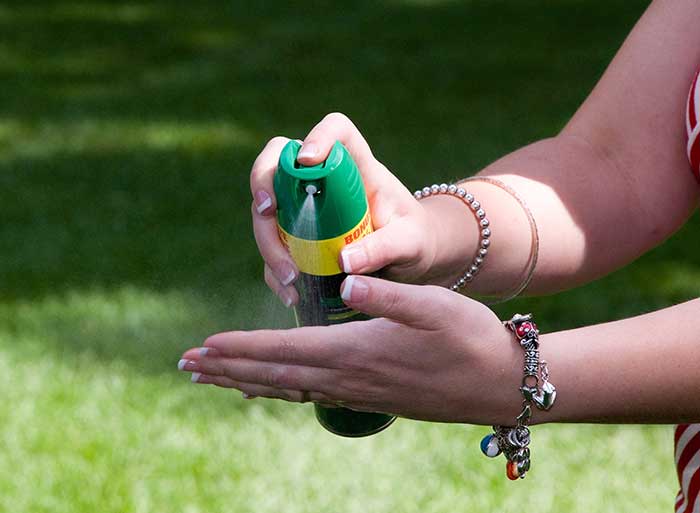
Repellents can help reduce mosquito and tick bites. Mosquitoes and ticks may carry germs that cause serious disease in humans. The best way to prevent getting one of these diseases is to prevent tick and mosquito bites. Using an EPA-approved repellent when spending time outdoors can reduce the risk of bites. Common repellents for use on skin against ticks and mosquitoes include DEET, picaridin, IR3535, and oil of lemon eucalyptus. Use permethrin on clothing to repel ticks and mosquitoes.
Learn more about repellents:
- Repellent Fact Sheet (PDF) | عربي | Français (PDF) | Kreyòl Ayisyen (PDF) | Kiswahili (PDF) | Lingala (PDF) | Português (PDF) | Soomaali (PDF) | Español (PDF) | Tiếng Việt (PDF)
- Repellent Frequently Asked Questions
- University of Maine Cooperative Extension Insect Repellents
- Maine Board of Pesticide Control
- US CDC Prevent Tick and Mosquito Bites
Photo credit: US CDC
Mosquito Resources

Mosquito Frequently Asked Questions
Mosquito-Borne Diseases in Maine 2024 Webinar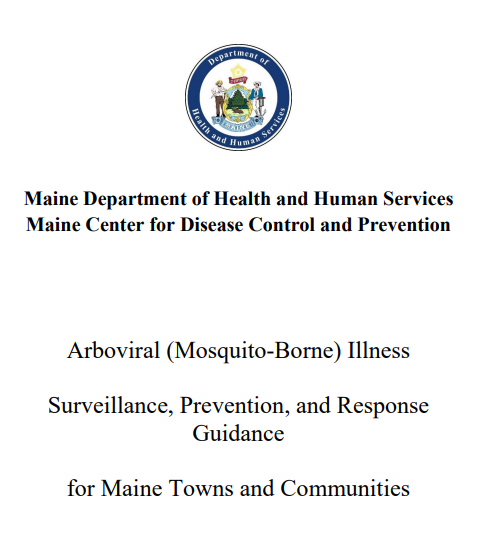
Maine Arboviral (Mosquito-Borne) Illness Surveillance, Prevention, and Response Guide for Maine Towns and Communities (PDF)
Municipality Information on Mosquitoes
Vectorborne Disease Orderable Materials
US CDC Mosquito Information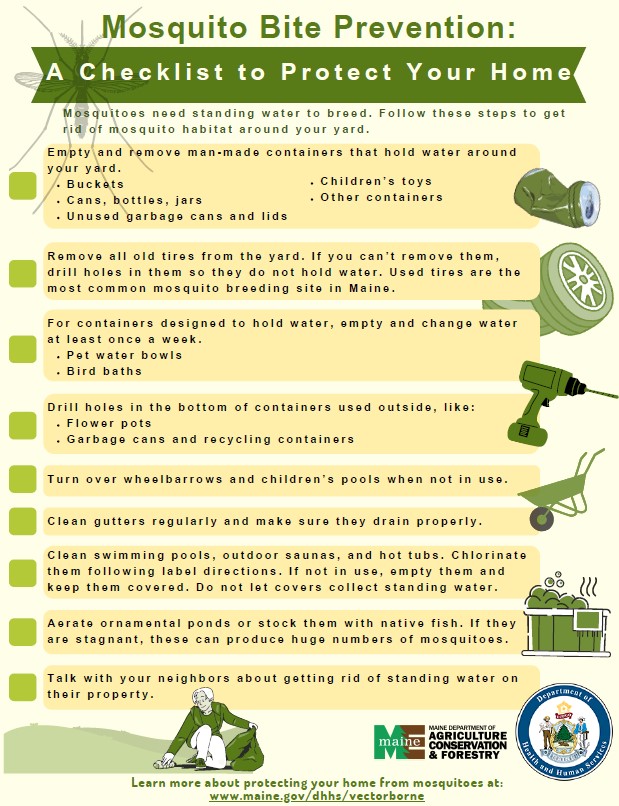
Mosquito Bite Prevention Checklist: Protect Your Home (PDF)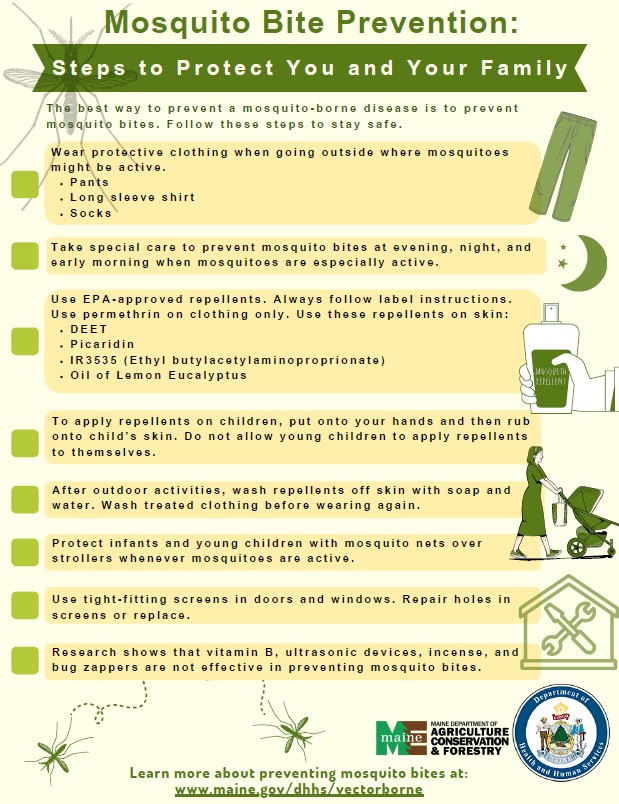
Mosquito Bite Prevention Checklist: Protect Yourself and Your Family (PDF)
Tick Resources
Social Media Toolkits
Mosquito Social Media Toolkit
Tick Social Media Toolkit
Resources for Healthcare Providers
Icons from www.flaticon.com




